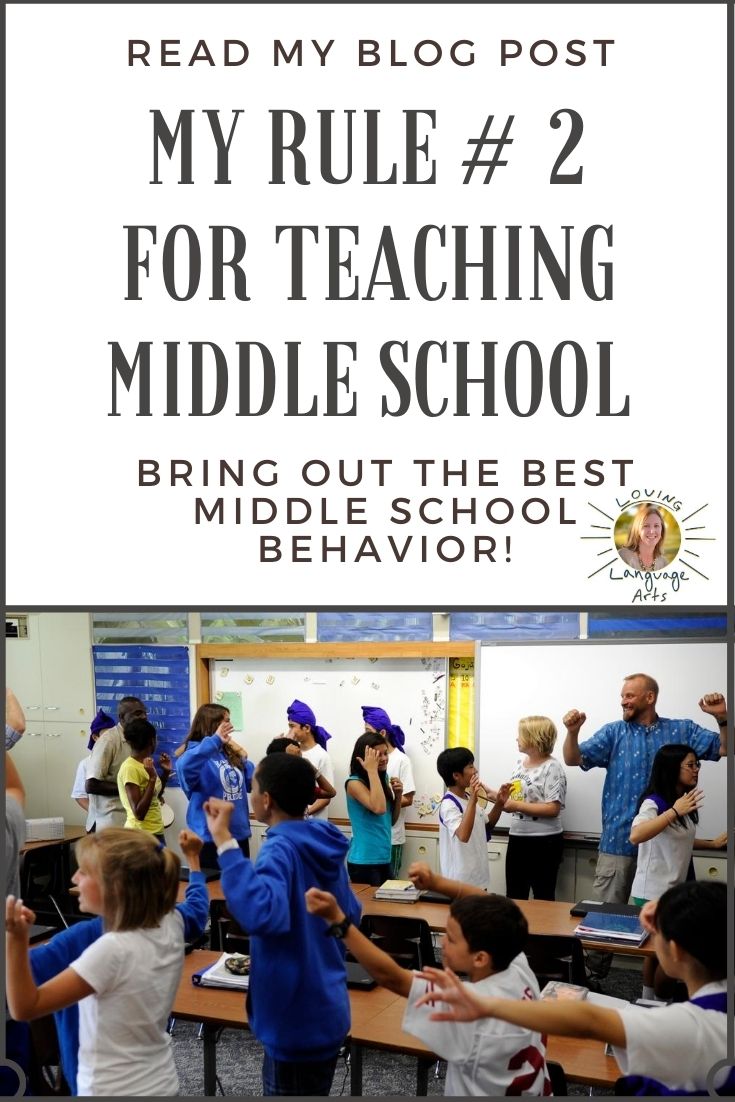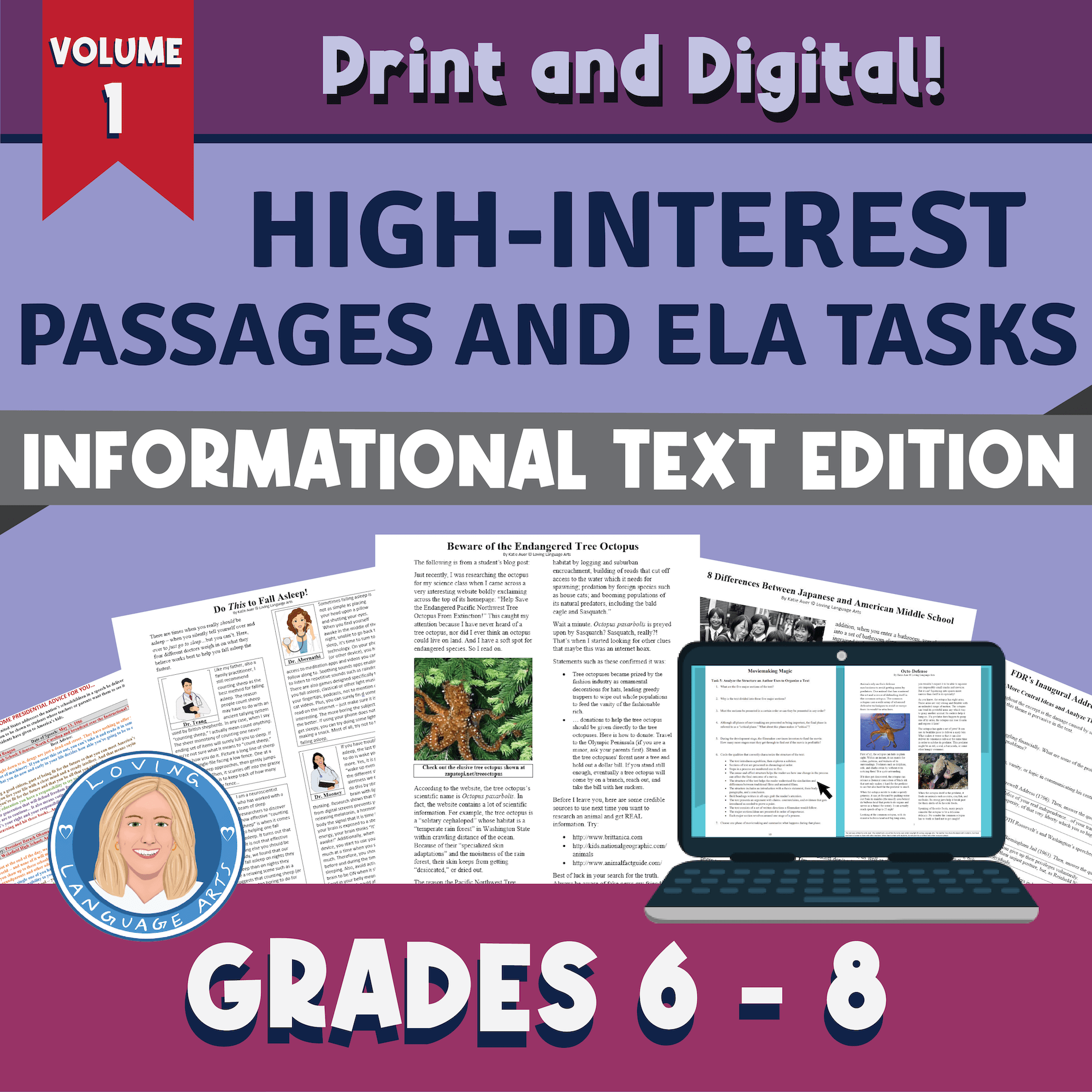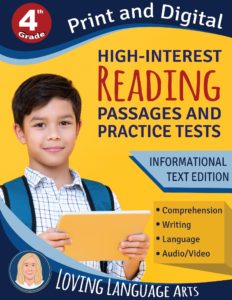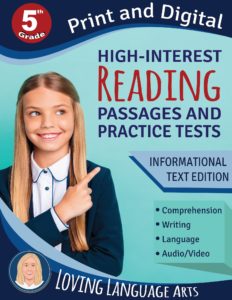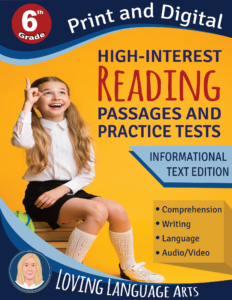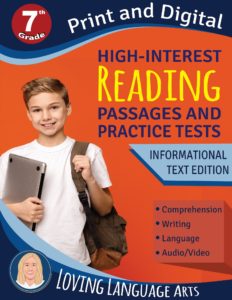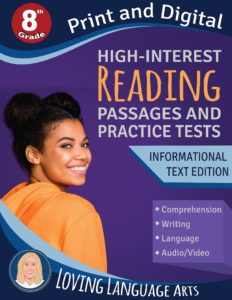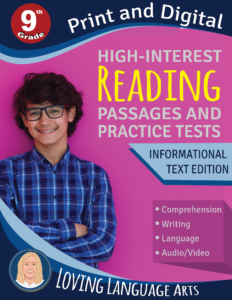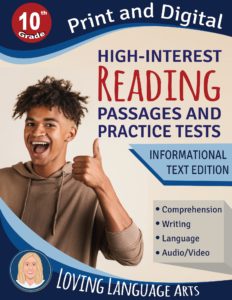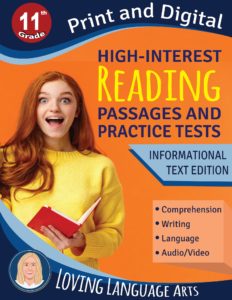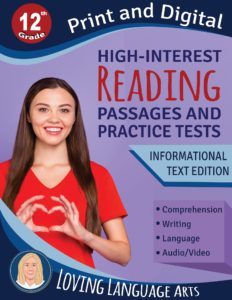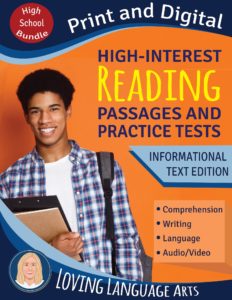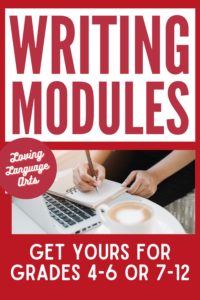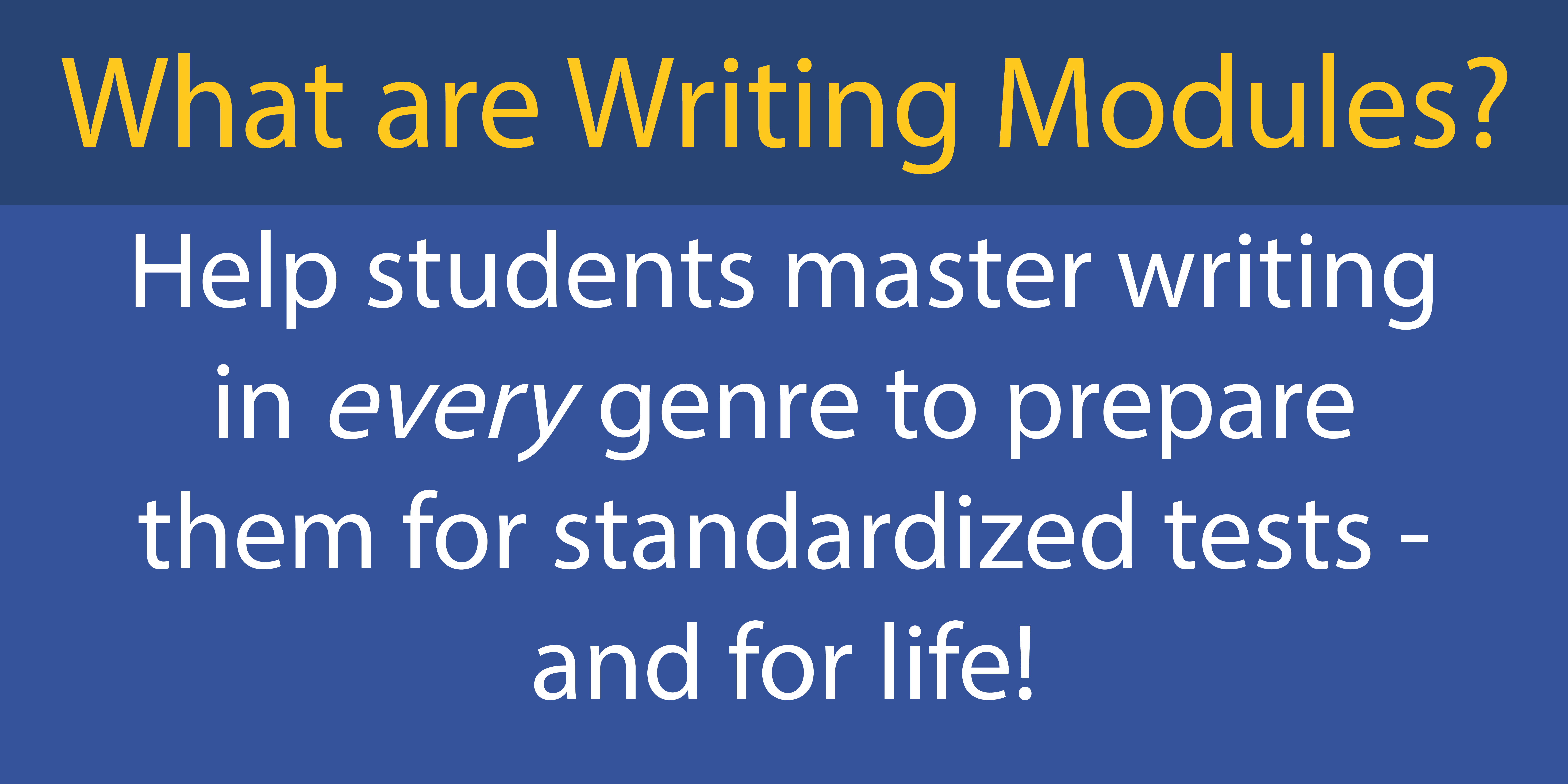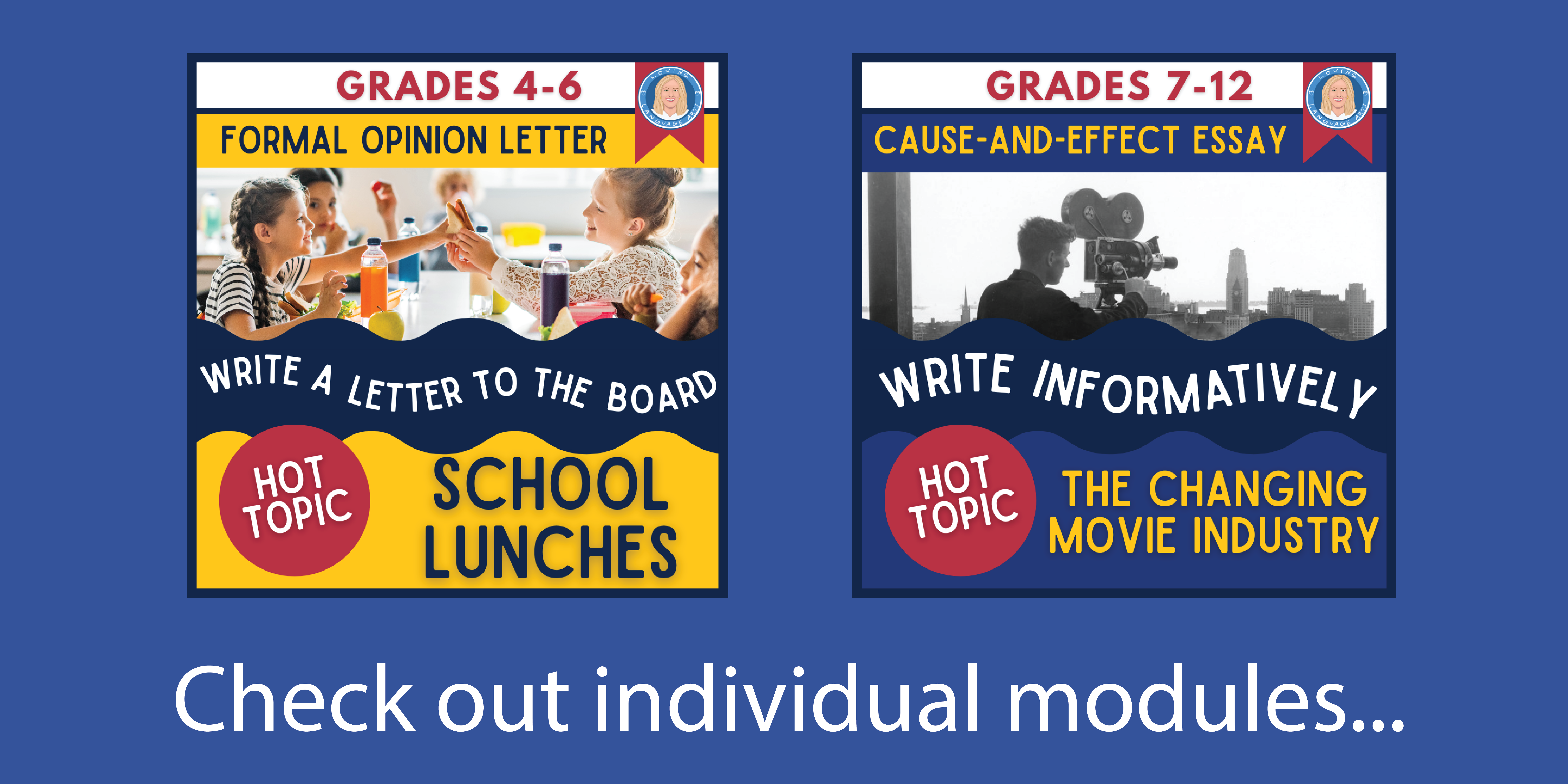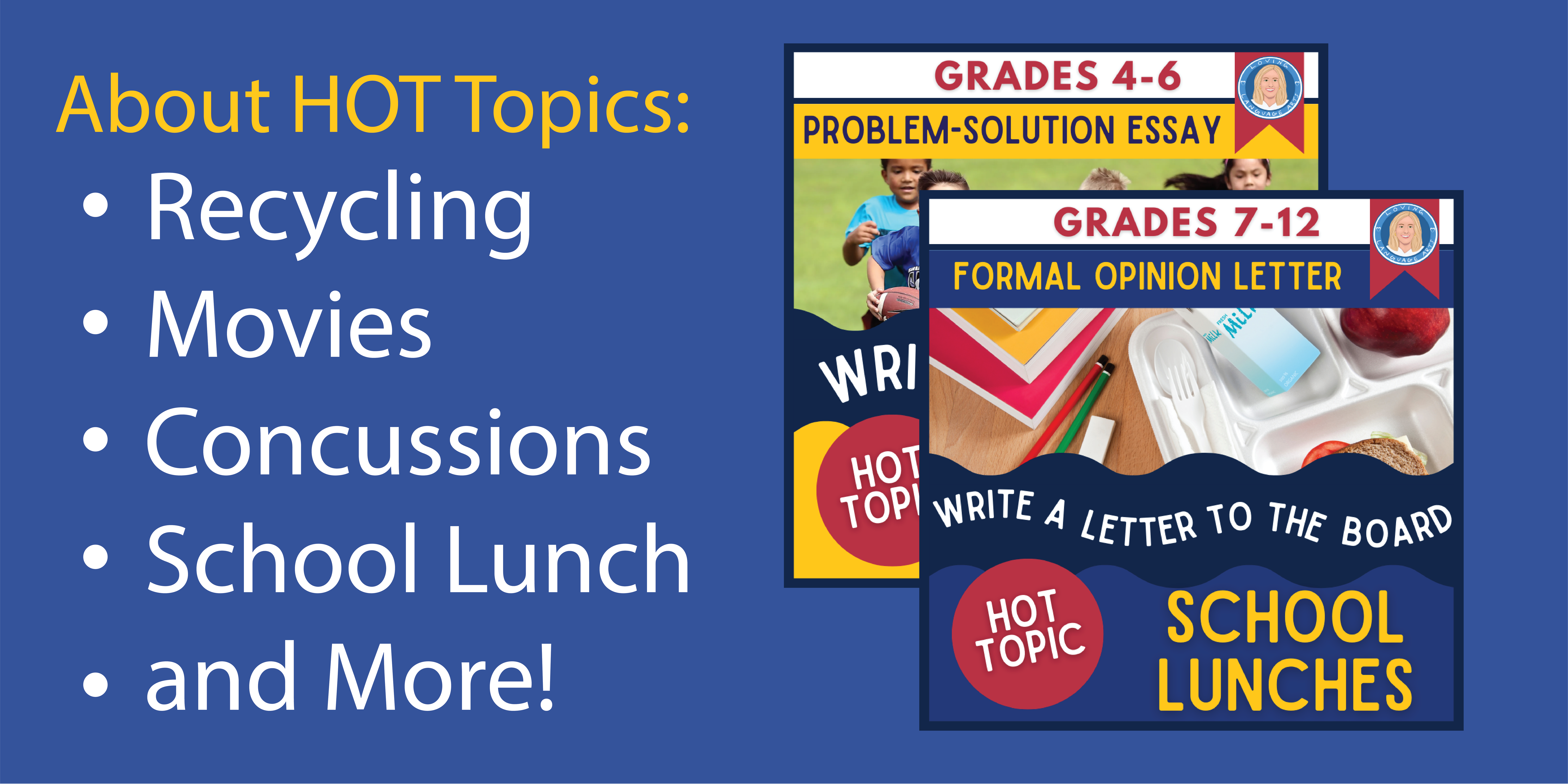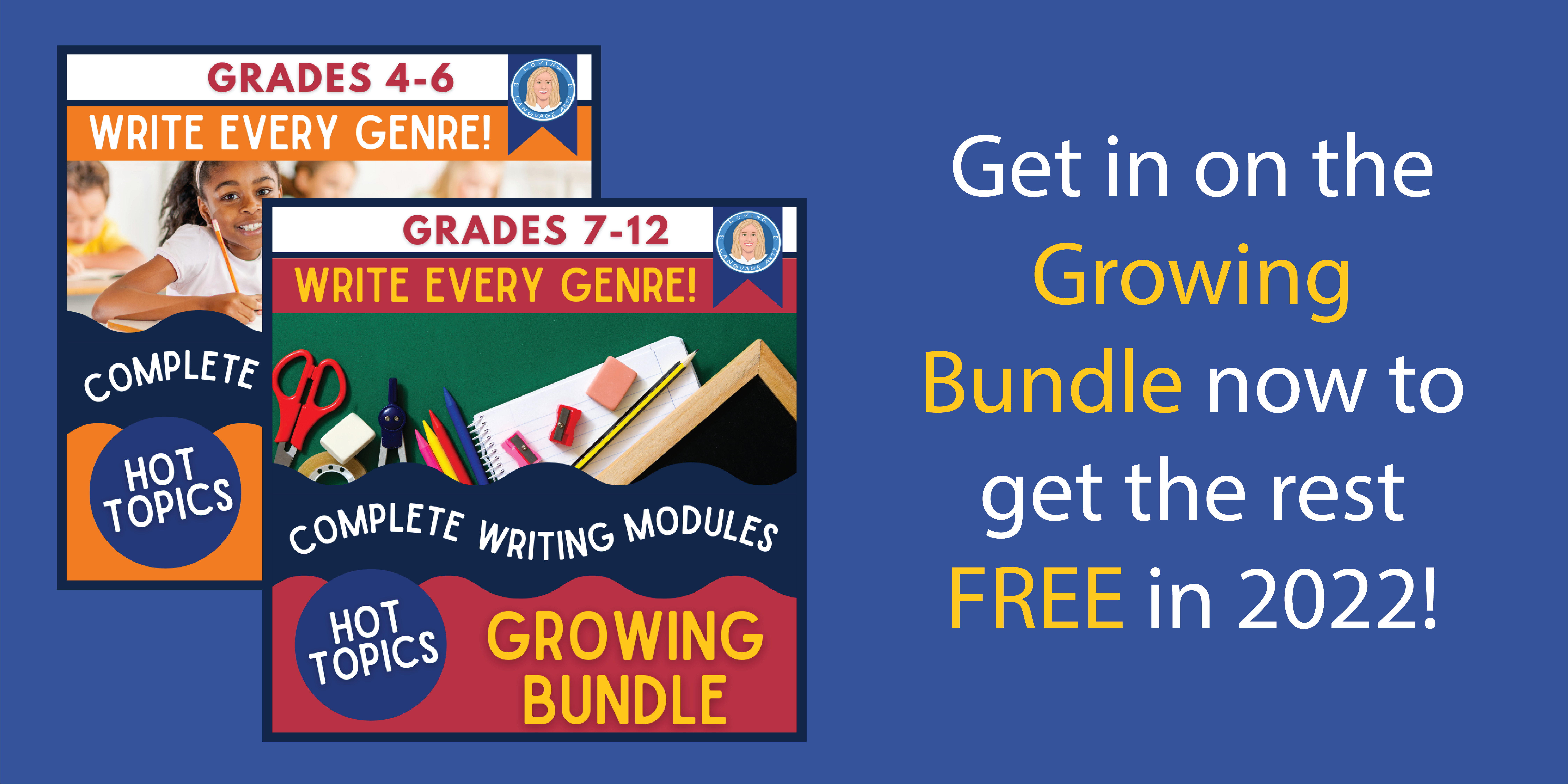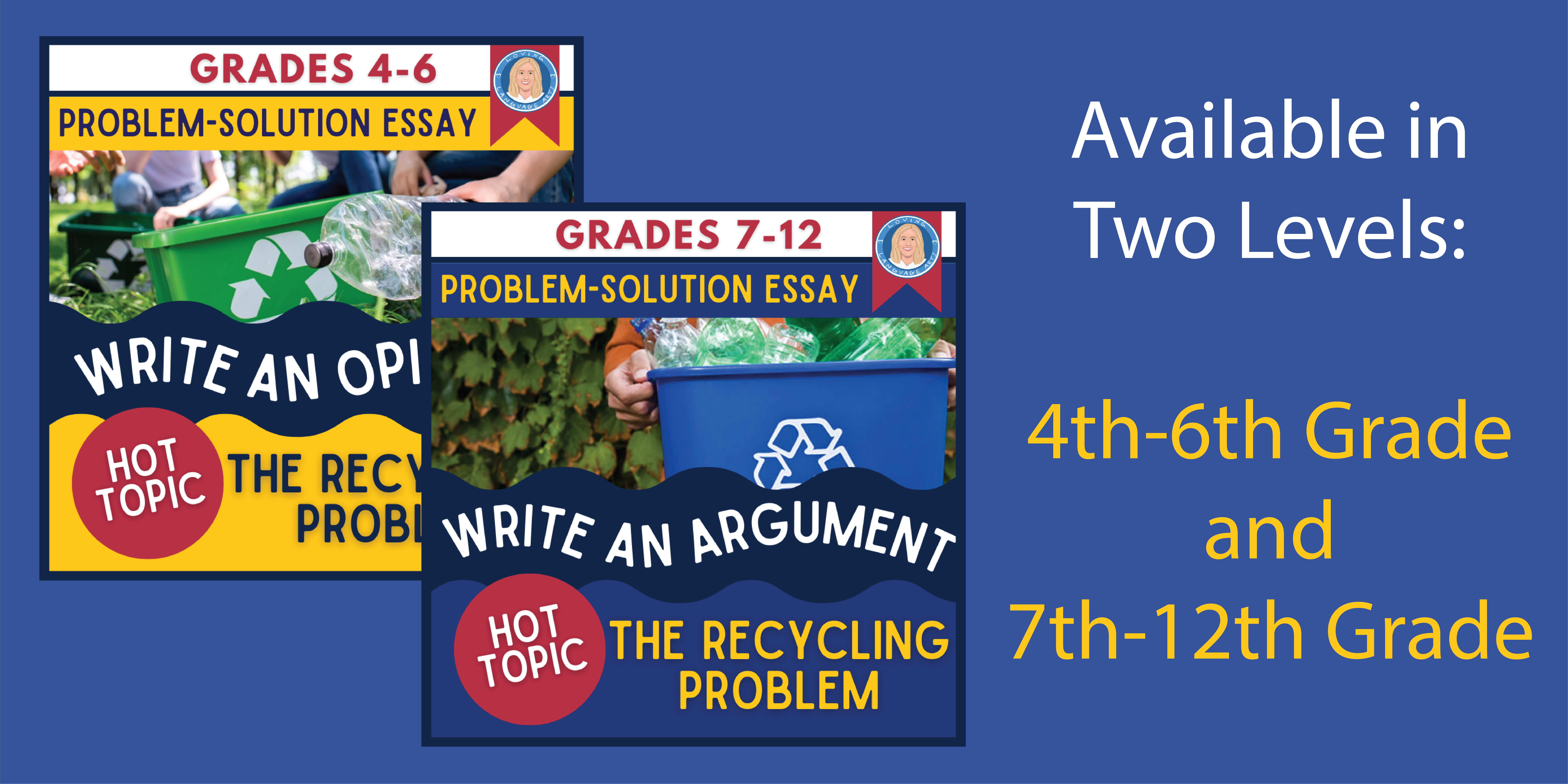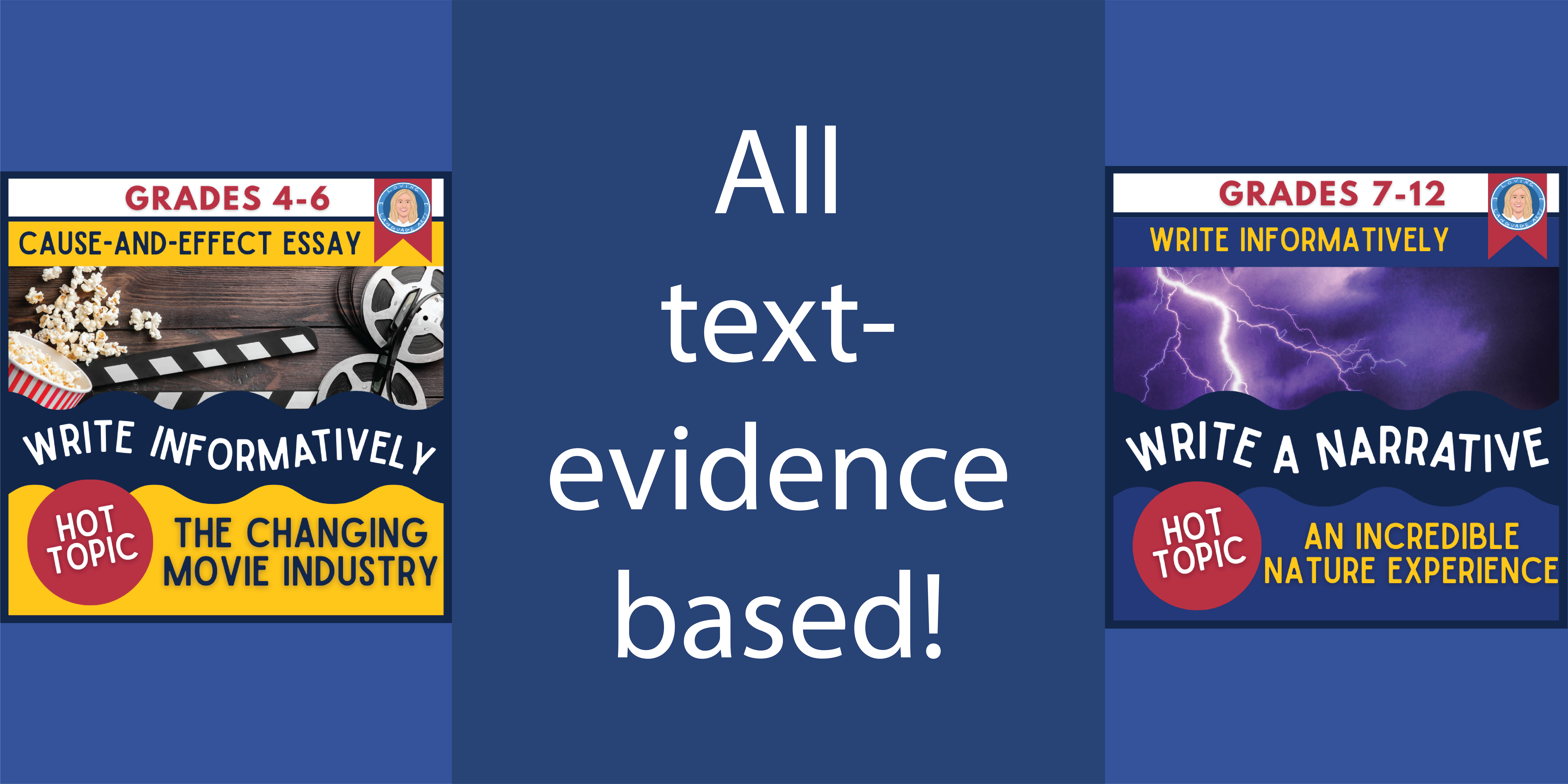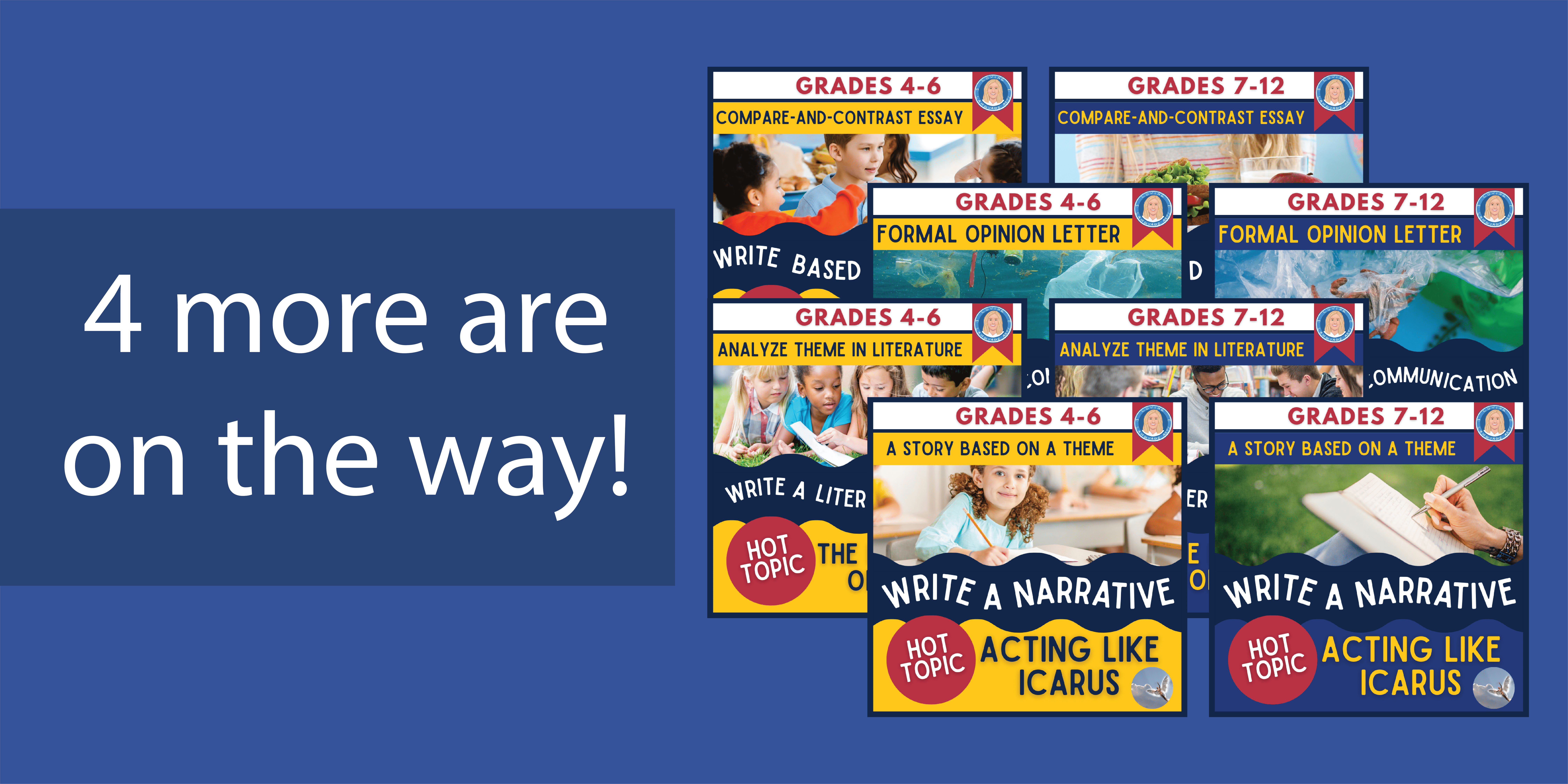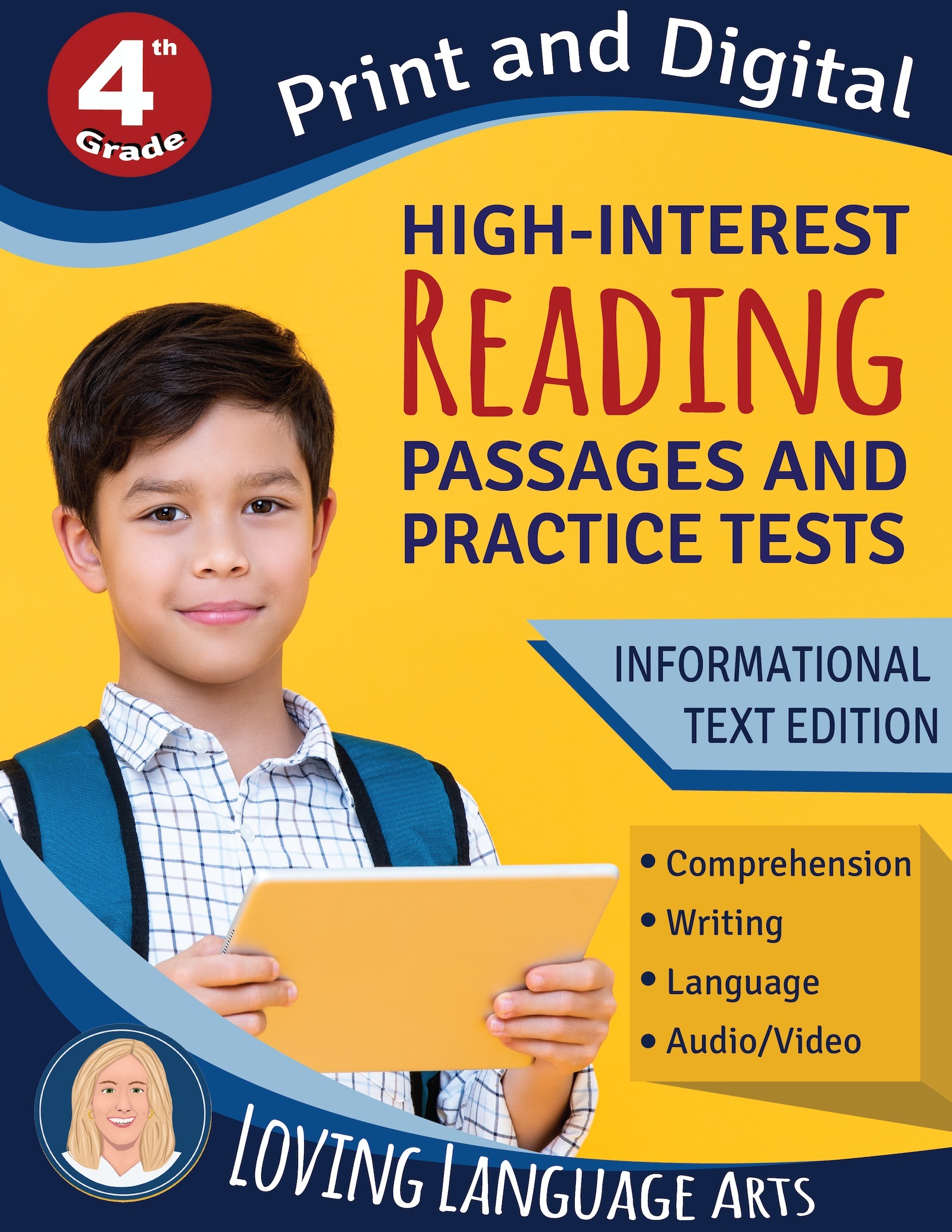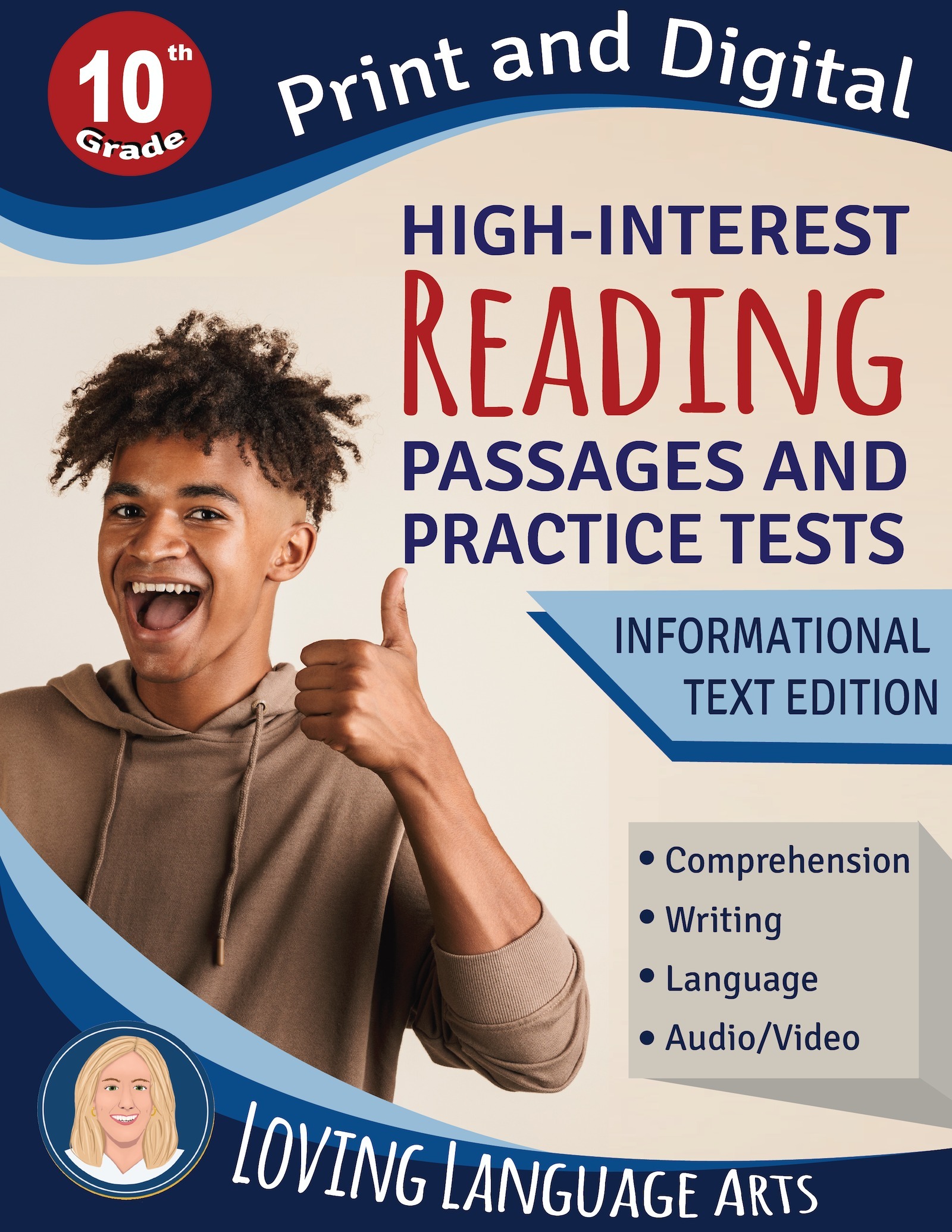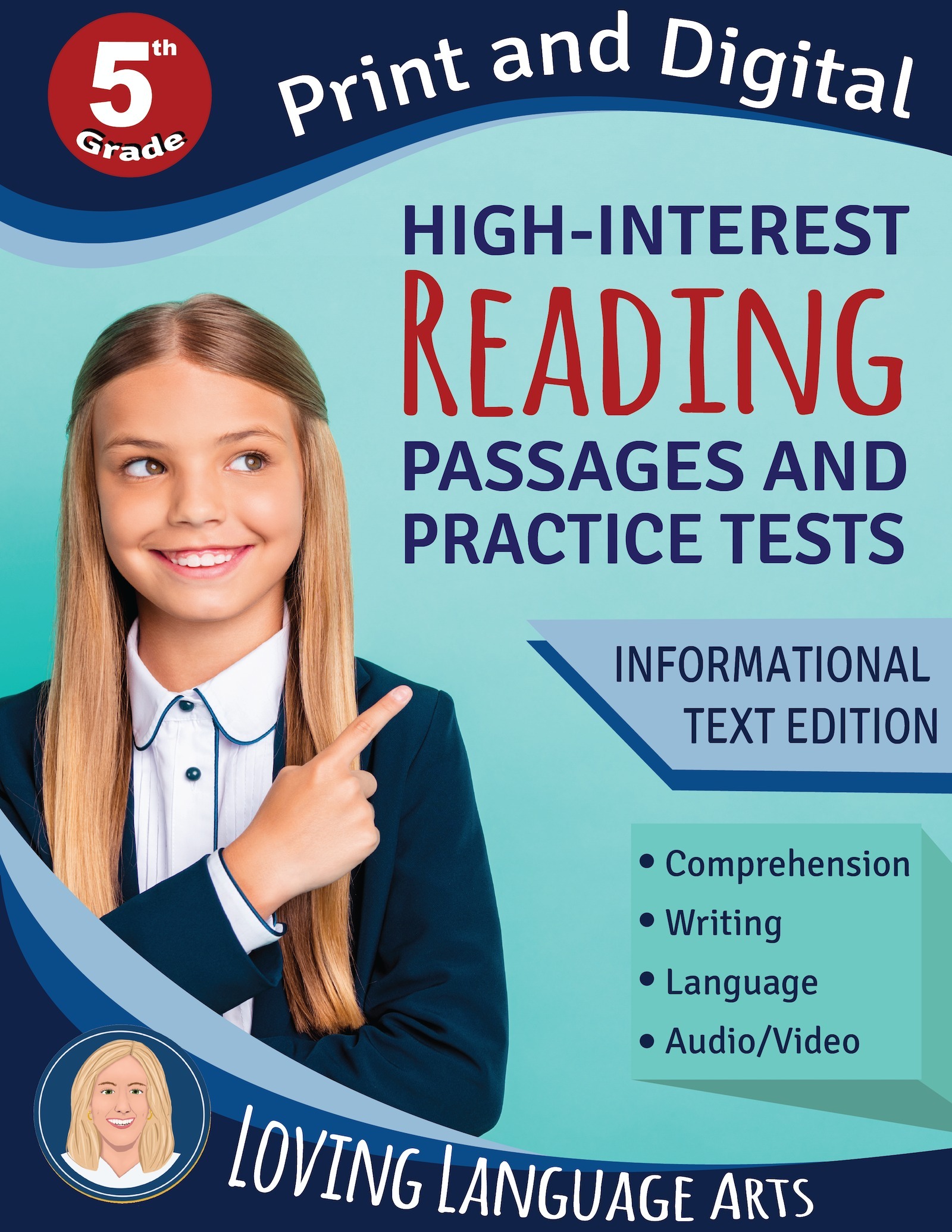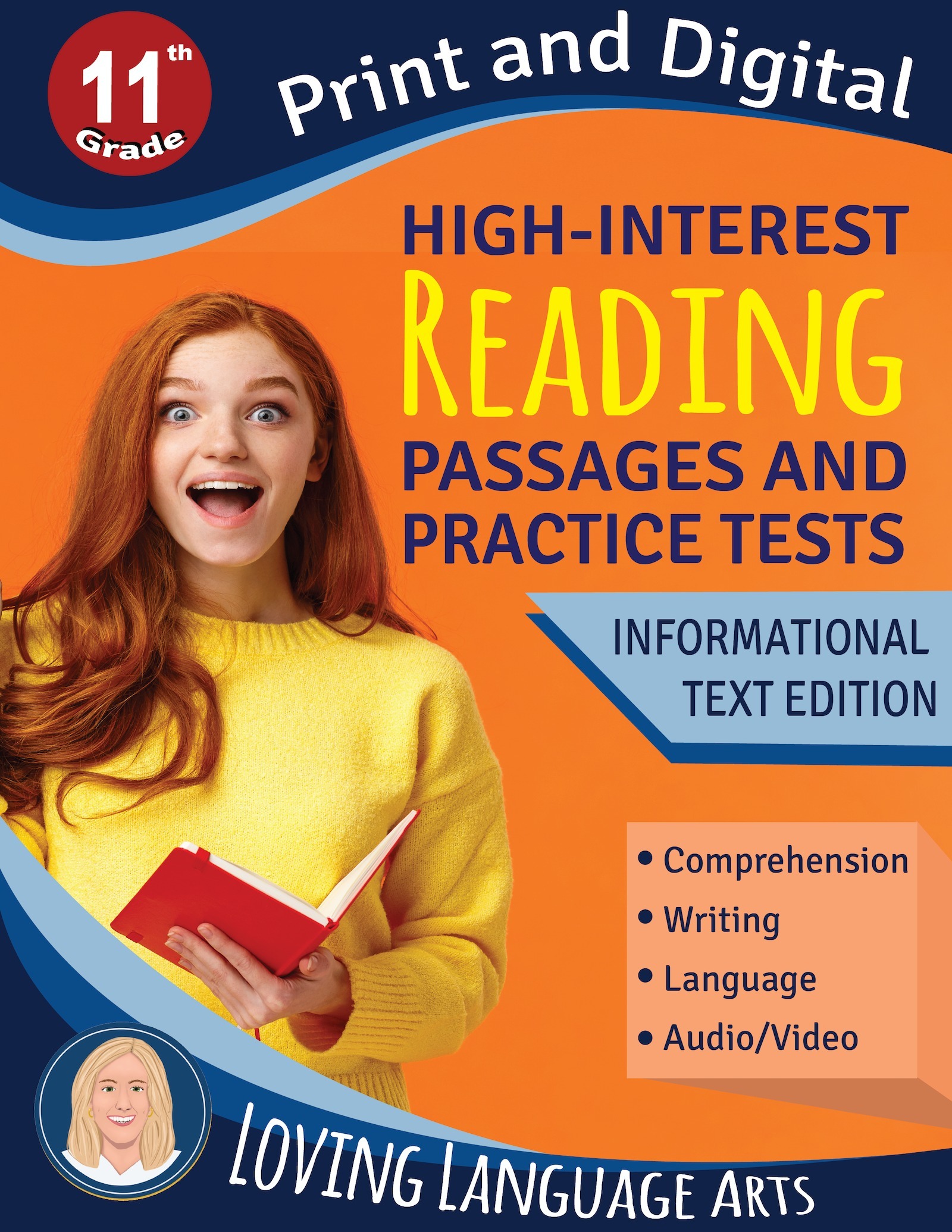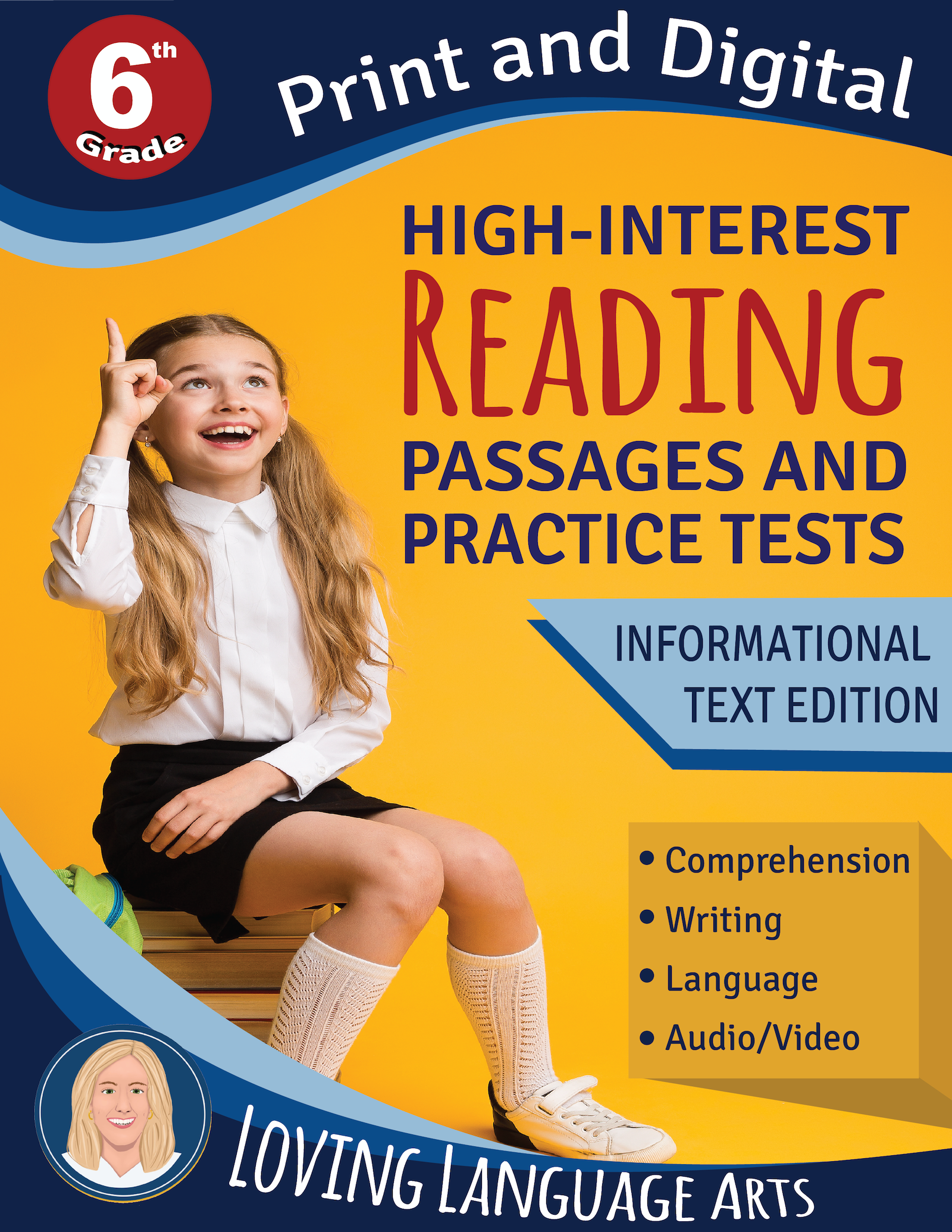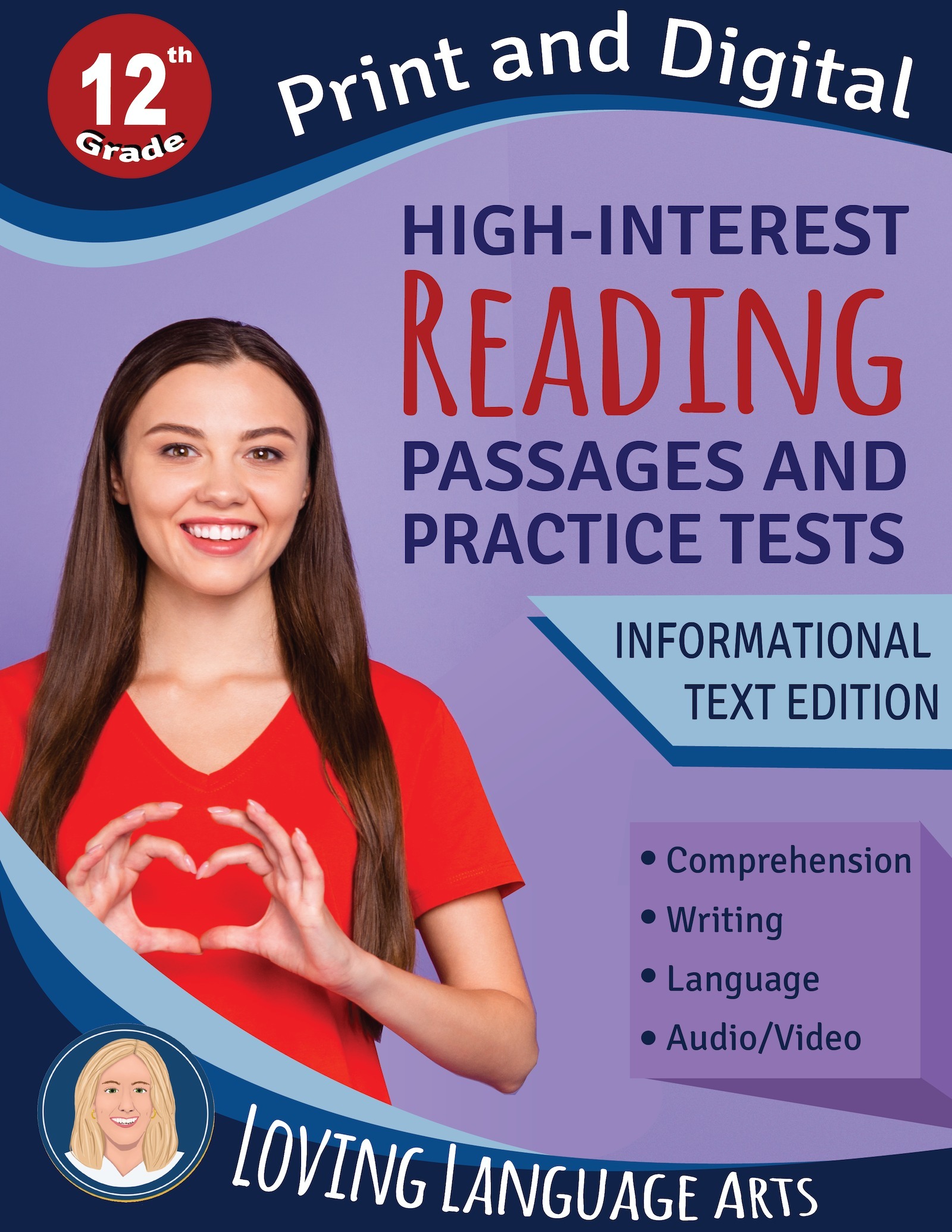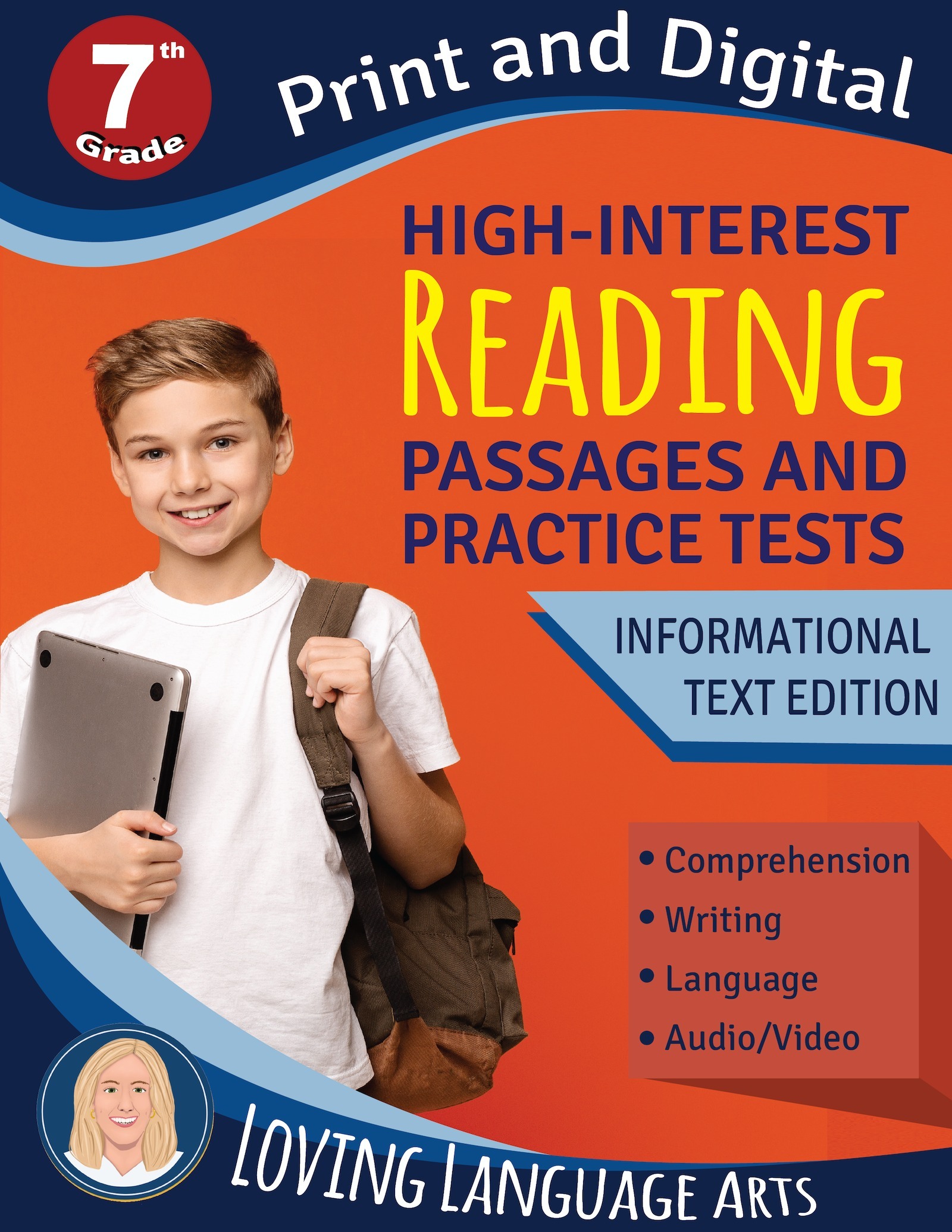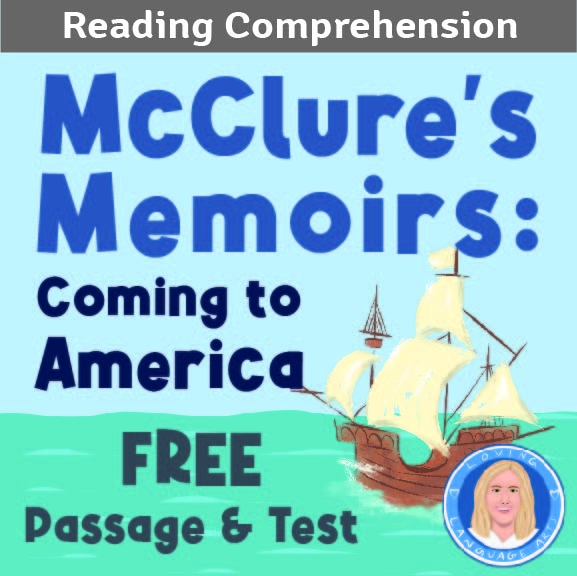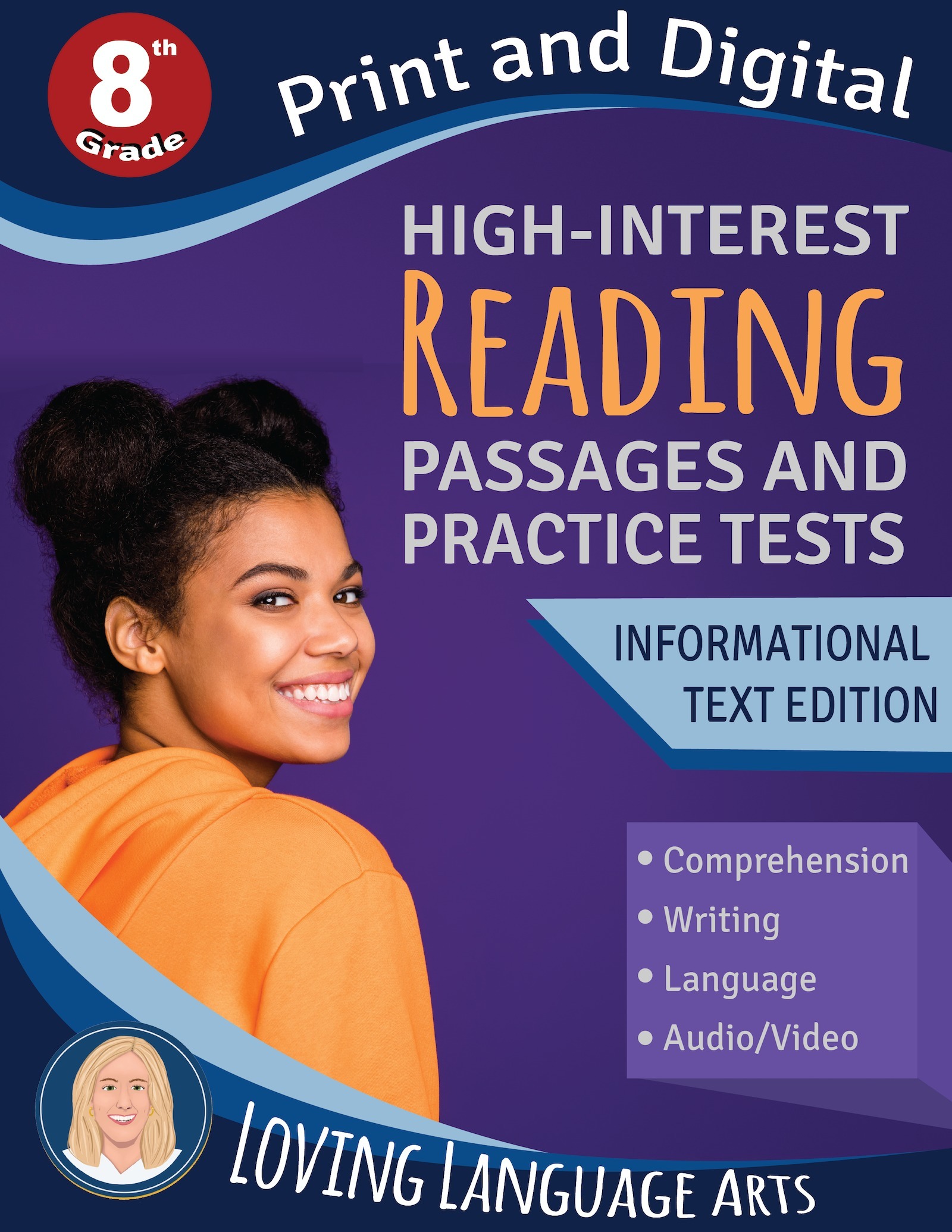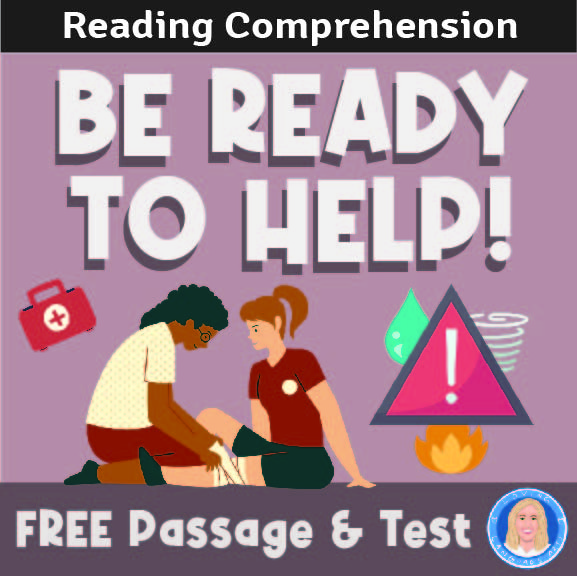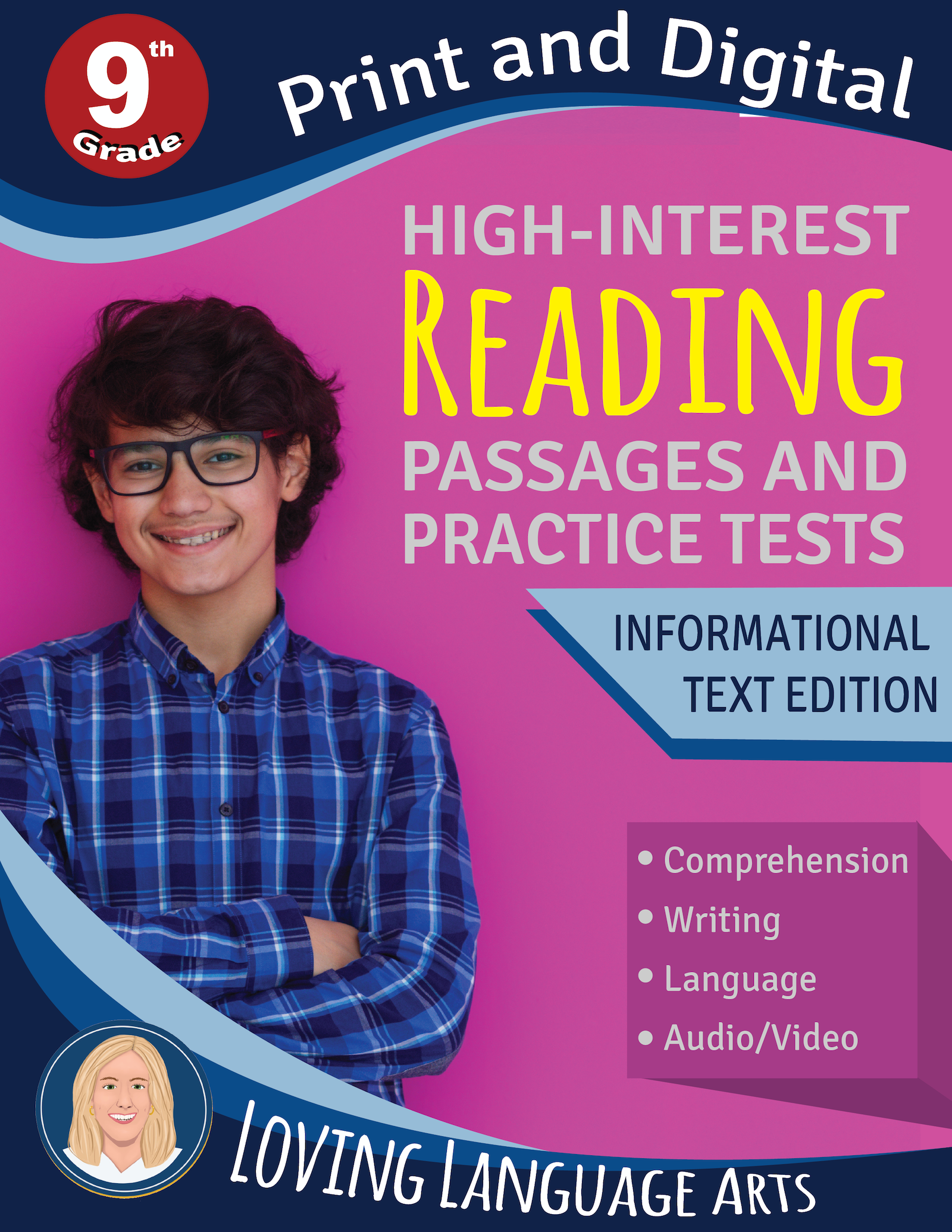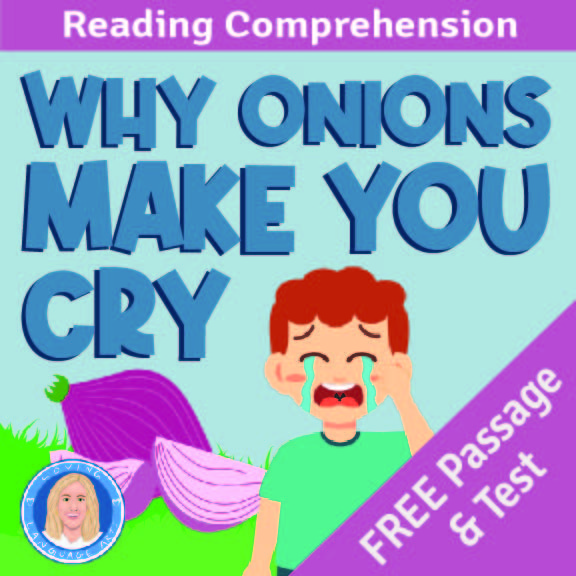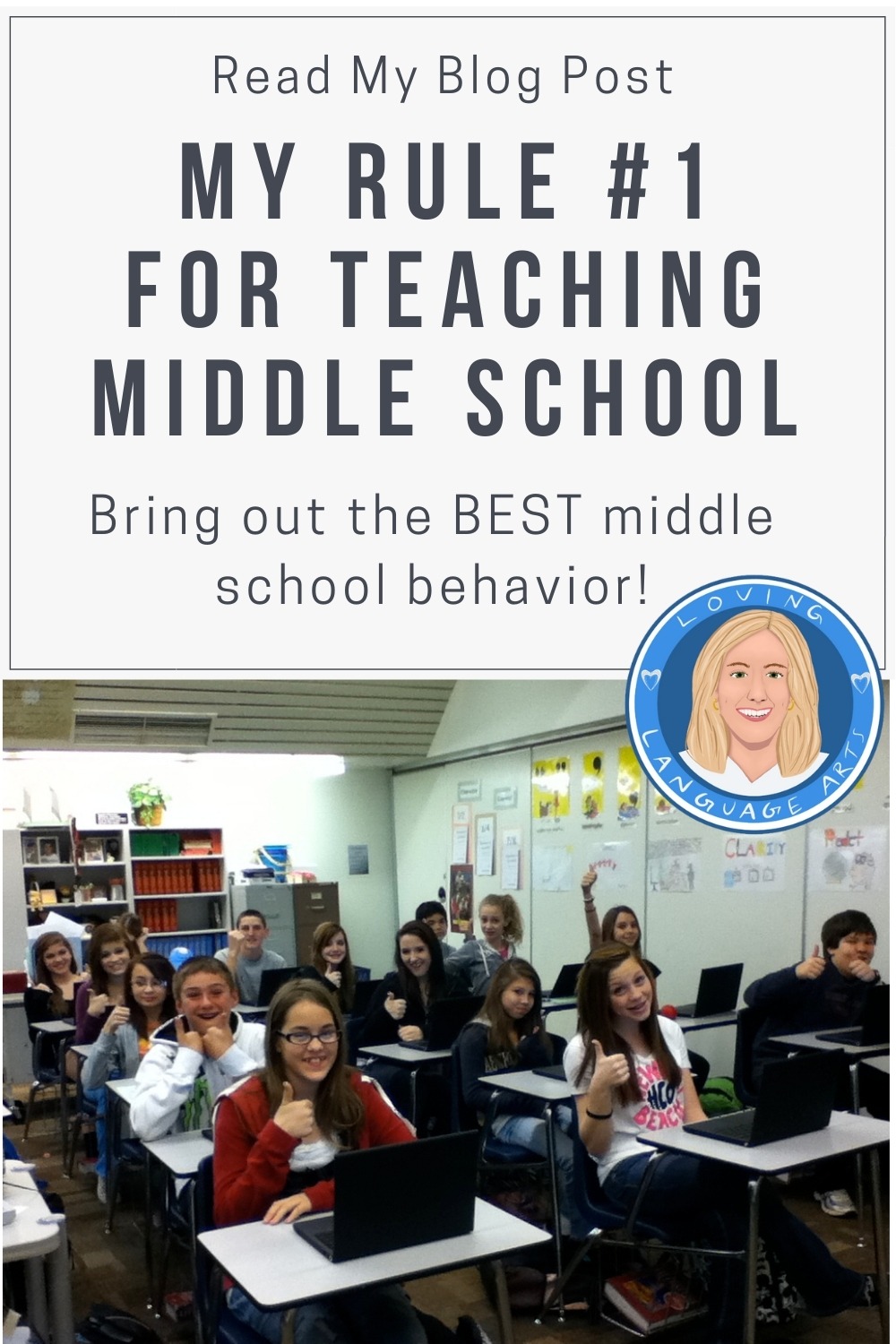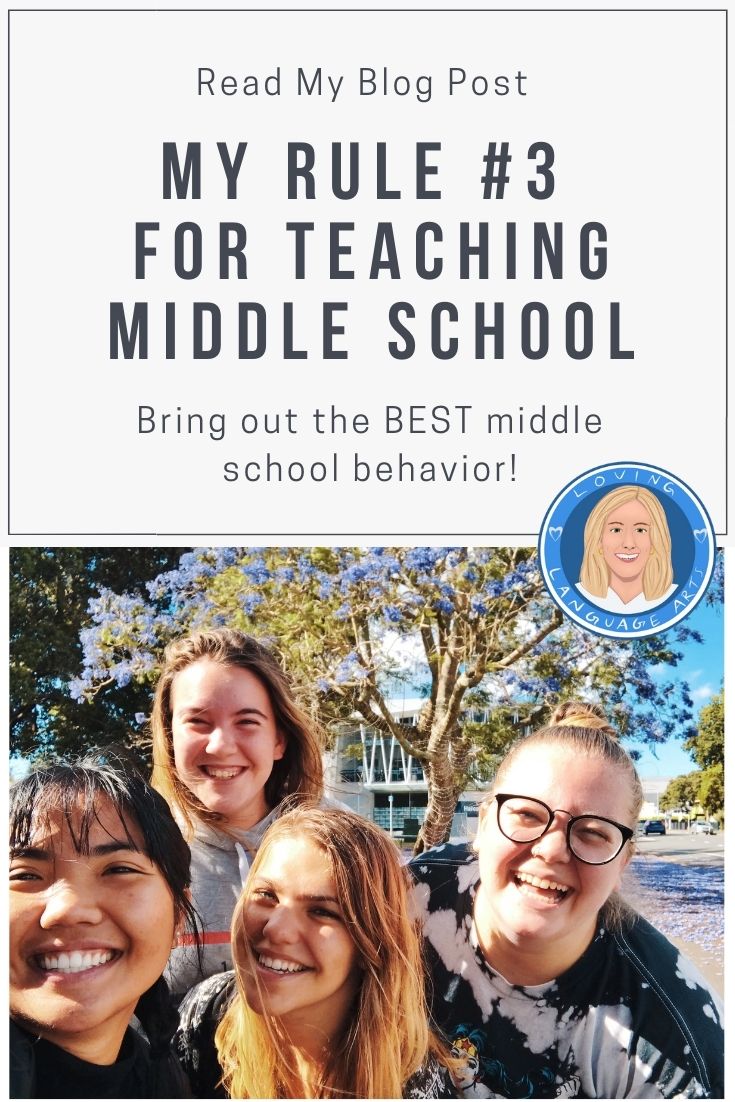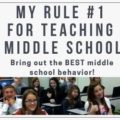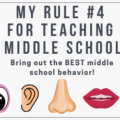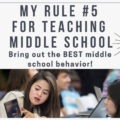
My Rule #2 for Teaching Middle School
My Rule #2 for Teaching Middle School
Teaching middle school is like no other task on Earth. In fact, when you tell people about it, they’re like “Wow! How do you do that?” because it is pretty amazing.
Or they tell you about how bad they were in middle school, and how much trouble they gave their teachers. The people sharing these tidbits are usually super nice, calm people with respectable jobs and such, which gives a teacher hope, lol. But maybe what they needed a little more of in their classrooms back in the day was one important thing: variety.
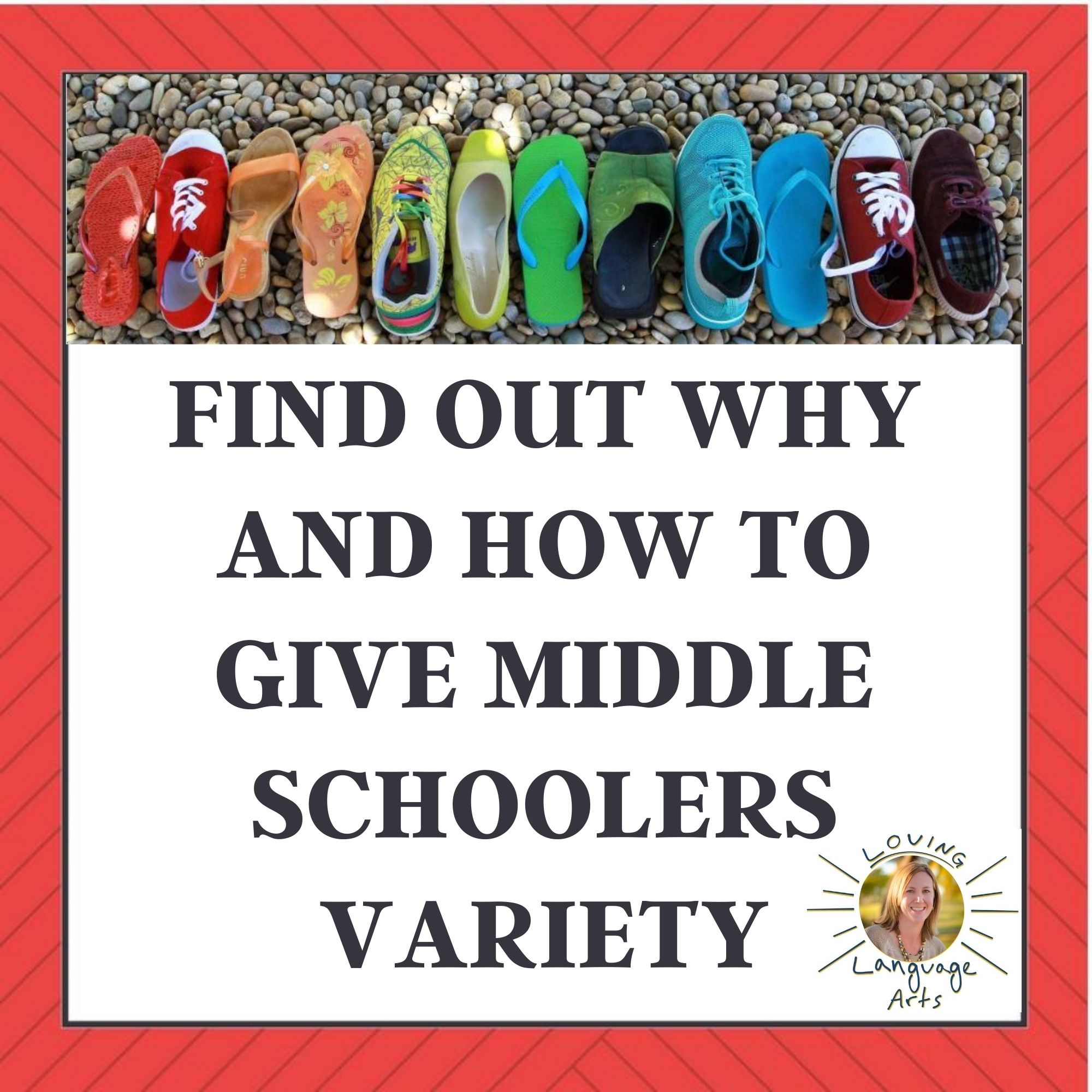
You can’t please everyone all the time, but…
…you can please some of the people all the time. A middle school teacher generally has around 90 students. There’s no way to please 90 people all the time. But, there is a way to please all the people some of the time! It’s by using variety. Variety is the spice of life! And it keeps learners on their toes. They’re wondering what cool thing is coming next.
The number one complaint students have about school is that it’s “boring.” Nothing is more boring than doing the same thing sitting in the same spot for a long time, especially if it’s listening to someone talk about things that don’t seem that relevant. But variety can help.
The Goal is this, which is my #2 Rule for Teaching Middle School: Incorporate Variety

Variety is especially important for breaking up long blocks of time, which is what ELA teachers generally have to work with. For example, 90 minutes can be broken into 1) 5-minute bellringer, journal writing, or daily language, 2) two 20-minute activities, 3) break, 4) another round of a 5-minute bellringer, journal writing, or daily language, 5) two 20-minute activities or a 40-minute work session.
The thing is that kids will act better when they’re not bored. When they’re engaged in the learning, they don’t have the bandwidth to also fool around or care what their peers are doing. But, their attention spans last only so long. Variety helps engage learners.
Just like kids get excited by a variety of candy, they get excited about variety in school.

Here are some ways to incorporate variety into the middle school classroom:
- Do warm-up activities such as quick journal writing (that relates to their lives), a daily language activity, word puzzle, or some other bellringer
- Have students show their answers on whiteboards
- Watch a short video or listen to some audio such as a Ted Talk or short story
- Use the computers or go to the computer lab
- Play a quick round of “quiet ball” or “sparkle” or “four corners,” etc.
- Sit outside to read
- Group work
- Activity that involves art (drawing a comic strip of a scene, drawing a character’s thoughts inside a blank head, filling out a graphic organizer in the shape of the topic, drawing vocabulary words, make up a creature and describe it, etc.)
- Sit wherever they want when they are working (if it will not compromise the work to do)
- Draw names randomly (written on popsicle sticks) when soliciting answers or ideas
- Peer editing sessions
- Gallery walk to see each other’s work
- Make collages, posters, blocks, or pyramids to present information
- Write a skit and act it out, or act out a scene
- Listen to or sing a song to identify figurative language
- Do one of these free and fun super cool figurative language activities
- Jigsaw groups: each group learns about something to present to the class
- Have a guest speaker come in
- Do a word puzzle or quick critical thinking activity (figuring out a mystery or conundrum, logic puzzle, brain teasers, etc.)
- Play review games such as Jeopardy or Bingo, etc.
- Have students check out my Humongous List of 500 Character Trait Words to either describe a character, create a character in writing, or for self-reflection or autobiographical writing
- Allow choices when possible
- Annotate while reading
- Do funny LOL Language instead of boring language
- Invent something such as an app a character would use
- Write text messages from a character’s point of view
- Draw a plot diagram
- Have a debate
- Do an easy science experiment, and in ELA just incorporate reading and writing about the topic
- Everyone read a different newspaper article and tell the class about it
- Get up and move around
- Do short self-grading practice tests to practice skills
- Contribute to a class newsletter or book
- Write a creative story
- Go to the library
- Do lessons that are animal or dog themed to put them at ease
- Here are some other fun and free activities
Here’s another trick I learned. When you provide your students with high-interest learning resources they feel are relevant to them and interesting in some way, they will actually behave better. They will get sucked into whatever you are trying to get them read, write, or do and forget about misbehaving.
So, that’s why I created these high-interest informational texts and tasks. I went out of my way to make the articles super interesting to middle schoolers by writing about things that interest them. And, guess what? It worked. I keep hearing from teachers how kids get so into these passages. They actually want to answer the questions. They even want to discuss the articles as a group.
And teachers keep reporting how much time and hassle I have saved them. I did that by aligning every text and task to a specific Reading Informational Text Standard and did that 10 times to cover all 10 of them individually. Now teachers don’t have to go searching for the right articles that bring out the right skills.

You Know What Else Kids Love?
These workbooks! I made the articles super interesting to kids by writing about things that interest them! AND IT WORKED! I keep hearing from teachers how kids get so into these texts that they actually WANT to answer the questions!
Click below for FREE ELA PRACTICE TESTS – each targeting specific reading, writing, language, and speaking/listening/viewing standards.
Check out these GRADE-SPECIFIC test prep books with practice tests that target EVERY GRADE-SPECIFIC READING INFORMATIONAL TEXT STANDARD, one by one. An added bonus is that students LOVE the texts! In Easy-Print or Self-Grading Online Versions.
The 6th Grade Practice Tests Test Prep Workbook “is a high quality, beautifully-aligned resource. It is no-frills, to the point, yet high-interest for students. It is helping us prepare for standardized testing in a hybrid, synchronous, difficult year.”
How about save this pin to your “Classroom Management” or “Teaching Middle School” Board so that you can come back to this post again?
